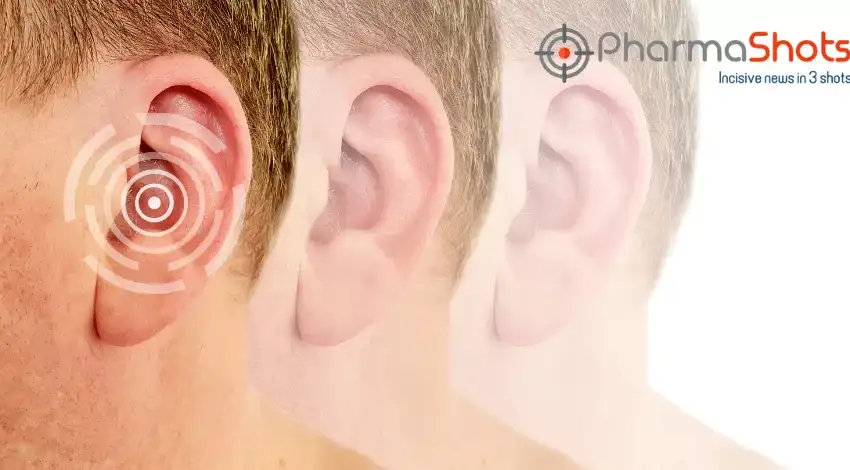The Critical Significance of Early Orthodontic Intervention During Adolescence
Adolescence presents a crucial window for orthodontic care due to the rapid development of bones, muscles and facial structure. During this stage, the jaw and dental arches are still forming, allowing orthodontists to guide growth patterns more effectively than during adulthood. When issues like misalignment, crowding or improper bite are identified early, intervention can redirect development in a healthier direction. This proactive approach can mitigate the need for more invasive procedures in later years and support better long-term oral health.
Choosing a Trusted Local Provider
Selecting a qualified professional early on can influence both the comfort and success of treatment. In Wisconsin, for example, families may consider working with the type of orthodontist Stevens Point residents recommend for adolescent care. Local access to a skilled orthodontist simplifies the treatment journey and encourages consistent follow-up. A provider with experience in early intervention will recognize signs of developing orthodontic issues and create a treatment plan tailored to growth-stage opportunities.
Why Timing Matters in Orthodontics
Orthodontic issues that go untreated during adolescence often become more complex in adulthood. Delays can result in increased difficulty correcting bite irregularities, lengthier treatment plans or the potential for permanent dental damage. Addressing problems as soon as they appear allows for more conservative treatment methods. Adolescents also tend to respond more quickly to braces or aligners, which take advantage of ongoing bone growth. This responsiveness supports structural correction and boosts confidence during a socially sensitive time.
Common Conditions Best Treated Early
Several orthodontic issues benefit from early attention. These include overbites, underbites, crossbites, open bites and severe crowding. If left uncorrected, these conditions can lead to discomfort, speech difficulties and uneven wear on teeth. Additionally, poor alignment can increase the risk of gum disease and tooth decay due to difficulty maintaining oral hygiene. Intervening during adolescence offers a smoother path toward correction, with appliances such as expanders, partial braces or early-stage aligners playing key roles in managing these conditions before they worsen.
Psychosocial Benefits of Timely Intervention
Beyond physical health, early orthodontic care positively influences emotional well-being. Adolescents who receive treatment often report improved self-esteem and social confidence. Misaligned teeth can draw unwanted attention and become a source of embarrassment, especially during middle and high school years. Straightening teeth and improving bite alignment at this stage helps adolescents feel more secure in their appearance. This emotional uplift supports stronger social interaction and can contribute to better academic and extracurricular performance.
The Long-Term Value of Early Treatment
Orthodontic intervention during adolescence offers benefits that extend far beyond the treatment window. Proper alignment supports healthier tooth function, reduces stress on the jaw and minimizes the risk of chronic conditions like temporomandibular joint (TMJ) disorders. It also leads to more stable outcomes, reducing the likelihood of relapse in later years. Early correction often shortens the overall treatment timeline, which means fewer appointments, reduced costs and less wear on the patient’s patience. These long-term advantages make early intervention a sound investment in lifelong oral health.
What to Expect from the Treatment Journey
For most adolescents, the treatment process begins with a thorough assessment involving X-rays, digital scans and a detailed clinical examination. Orthodontists develop a tailored plan that may include braces, aligners or growth-modifying appliances. Progress is monitored through regular appointments, during which adjustments are made to guide teeth and jaw structures into their proper positions. While treatment can vary in length, adolescence typically offers an optimal window for achieving results more efficiently than at other life stages.
Empowering Families with Knowledge and Support
Parents and guardians play a vital part in the success of adolescent orthodontic care. Educating families about the importance of early screening and encouraging timely consultations allows problems to be addressed before they escalate. Support at home—through consistent hygiene practices, appointment attendance and emotional encouragement—reinforces the professional care adolescents receive. With open communication and collaboration between families and providers, orthodontic outcomes improve significantly, facilitating oral and overall well-being.
A Timely Commitment to Lifelong Health
Early orthodontic intervention represents a pivotal opportunity to guide healthy development during a transformative period of life. Adolescence offers a natural advantage, with active growth allowing for more efficient and effective treatments. Addressing concerns during this phase boosts oral structure and function while contributing to greater confidence and quality of life. When families take action during these critical years, they set the stage for a lifetime of better health, stability and self-assurance.



